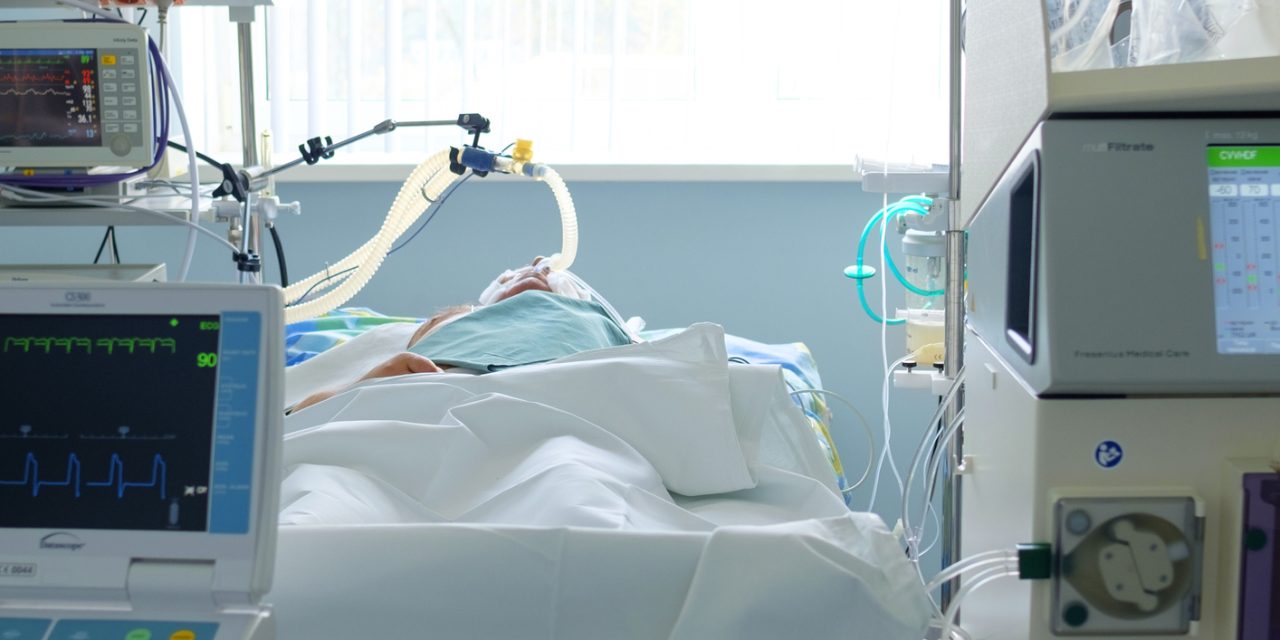Sepsis is a systemic inflammatory response syndrome caused by infection. Lipopolysaccharide (LPS) has been reported to induce inflammatory responses, and long non-coding RNA highly up-regulated in liver cancer (HULC) expression was associated with the progression of sepsis. But the role and underlying mechanism of HULC in LPS-induced sepsis remain unclear. Cell viability and apoptosis were measured by Methyl thiazolyl tetrazolium (MTT) and Flow cytometry assays, respectively. Reactive oxygen species (ROS), superoxide dismutase (SOD) and malondialdehyde (MDA) levels were detected by dichloro-dihydro-fluorescein diacetate (DCFH-DA) method using commercial kit. HULC, microRNA-204-5p (miR-204-5p) and TRPM7 expressions in serum of sepsis patients and human umbilical vein endothelial cells (HUVECs) were examined by quantitative real-time polymerase chain reaction (qRT-PCR). Dual-luciferase reporter and RNA immunoprecipitation (RIP) assays were used to confirm the interaction between HULC and miR-204-5p, miR-204-5p and TRPM7. LPS stimulation restrained cell viability and facilitated apoptosis, inflammatory injury and oxidative stress in HUVECs. HULC and TRPM7 were increased and accompanied with decreased miR-204-5p expression in serum of sepsis patients. A significant negative correlation between miR-204-5p and HULC or TRPM7 was observed, and there was a positive relationship between expressions of HULC and TRPM7. Importantly, LPS inhibited the cell viability and induced apoptosis, inflammatory injury and oxidative stress of HUVECs by up-regulating the expressions of HULC and TRPM7, and down-modulating miR-204-5p expression. Mechanically, HULC positively regulated TRPM7 expression by sponging miR-204-5p in HUVECs. LPS impaired cell viability, and promoted cell apoptosis, inflammatory response and oxidative stress in HUVECs by regulating HULC/miR-204-5p/TRPM7 axis.Copyright 2020 The Author(s).
LPS promotes the progression of sepsis by activation of lncRNA HULC/miR-204-5p/TRPM7 network in HUVECs.


